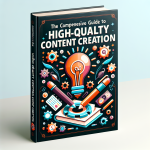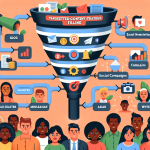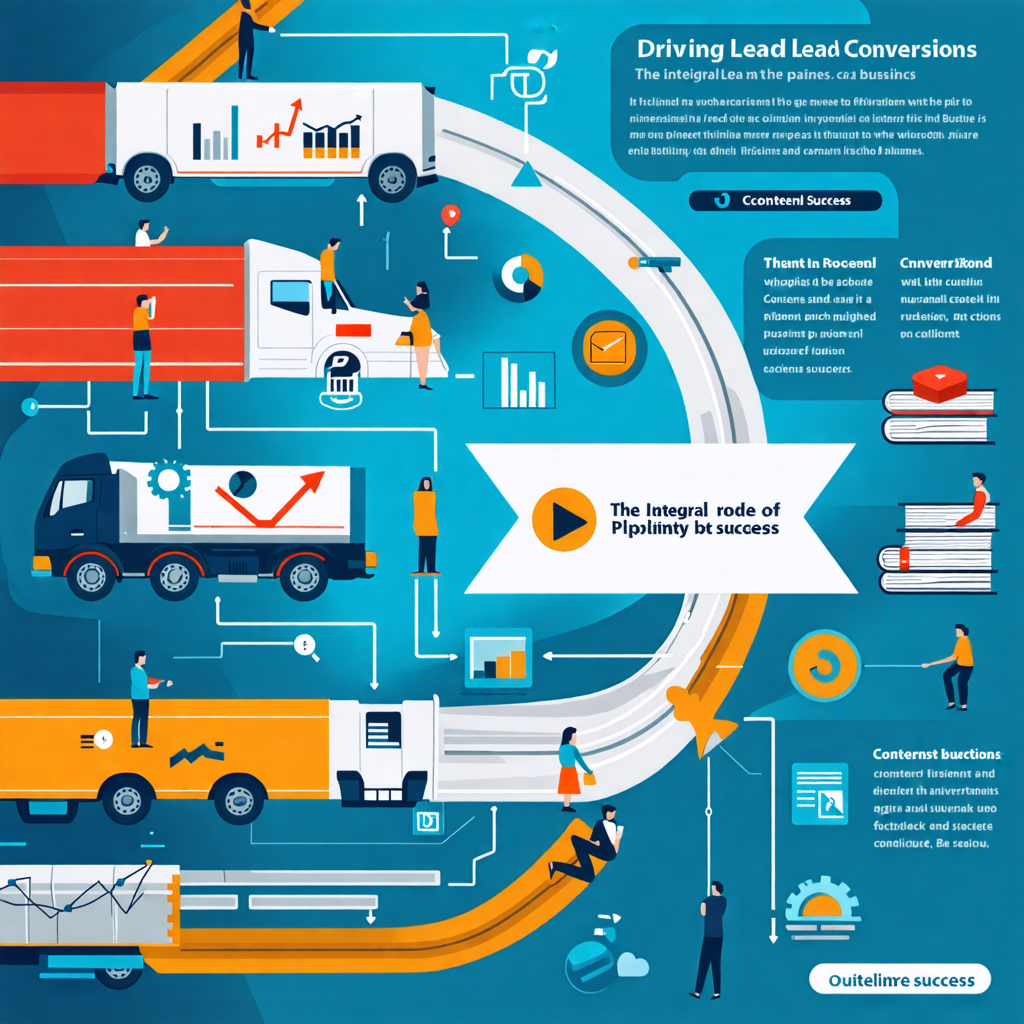Introduction
Creating high-quality content is essential for content creators, agencies, and SMB owners. This article delves into the comprehensive process of leveraging advanced tools and workflows to achieve this goal. Exploring topics from maximizing efficiency with tailored content production pipelines to engaging dynamic social media management strategies, this piece offers key insights and practical advice.
The landscape of content creation has evolved drastically with the advent of advanced technology. Modern tools and workflows not only streamline processes but also significantly enhance the quality of output. Understanding and implementing these advanced processes is crucial for staying competitive and meeting audience expectations in today’s digital age. Enhancing Content Creation with Advanced Tools and Workflows
We will walk you through the process of maximizing efficiency with tailored content pipelines, utilizing AI/ML for enhanced SEO, creating resonant content with machine learning author personas, ensuring consistency through automated QA, and much more. This structure aims to provide you with a clear and in-depth guide for transforming your content creation workflow.
Goals
Increase Brand Awareness
High-quality content plays a pivotal role in increasing brand awareness. By utilizing advanced tools and workflows, content creators can produce consistent, engaging, and visually appealing content that resonates with their target audience. Increased brand awareness leads to higher brand recall and sentiment, ultimately fostering deeper connections with customers. How Advanced Content Creation Tools Can Improve Your Workflow
Raising awareness not only puts a brand in front of more eyes but also builds trust and credibility. When a brand is consistently producing valuable content, it positions itself as a thought leader and an expert in its field.
Improve Customer Education
Educating potential customers is a critical goal in the awareness stage. By providing informative and relevant content, brands help their audience understand their offerings, industry trends, and the value they bring. This lays the foundation for building a knowledgeable customer base that is more likely to engage and convert.
Customer education ensures that potential clients make informed decisions, reducing the buying cycle and increasing overall satisfaction. Well-informed customers can also become advocates, sharing their positive experiences with others, thus amplifying brand visibility.
Content Approaches
Storytelling for Relatable Content
Storytelling is a powerful approach in content creation. It humanizes the brand, making the content more relatable and memorable. Through stories, brands can convey their values, mission, and appeal to the emotions of their audience.
The Role of Visuals
Visual elements such as images, infographics, and videos significantly enhance engagement. Visuals can break down complex information, making it easier to digest, and capture the audience’s attention more effectively than text alone. How Advanced Tools Can Revolutionize Your Content Creation Workflow
Real-Life Examples and Case Studies
Using real-life examples and case studies provides practical insights and proof of success. These examples demonstrate the tangible benefits of a brand’s offerings, making the content more compelling and trustworthy.
Engagement Techniques
Interactive Elements
Incorporating interactive elements such as polls, quizzes, and surveys can greatly enhance audience engagement. These tools not only keep the audience entertained but also provide valuable feedback and insights.
Addressing Audience Questions and Feedback
Engaging directly with the audience by addressing their questions and feedback fosters a sense of community and trust. It shows that the brand values their input and is willing to engage in meaningful conversations.
Encouraging Audience Participation
Encouraging the audience to participate and share content increases reach and engagement. This can be achieved through calls to action, contests, and user-generated content strategies.
Measuring Impact
Key Metrics
To measure the impact of awareness content, tracking key metrics such as engagement rates, audience reach, and shareability is essential. These metrics provide insights into how well the content resonates with the audience.
Data Analysis
Analyzing data helps assess the effectiveness of the content. By understanding what works and what doesn’t, brands can refine their strategies and improve future content performance.
Tools for Gathering Feedback
Using tools like Google Analytics, social media insights, and feedback surveys can help gather valuable audience feedback. This feedback is crucial for continuous improvement and ensuring the content meets audience needs and expectations.
Conclusion
The awareness stage is a crucial part of the customer journey. It sets the foundation for future engagement and conversion. By implementing advanced tools and workflows, content creators, agencies, and SMB owners can create high-quality content that not only raises awareness but also educates and engages their audience.
We’ve covered various aspects of optimizing content creation, from tailored content pipelines to leveraging AI-driven SEO and beyond. The insights provided here aim to help you transform your workflow, save time, and achieve significant operational efficiencies while maintaining high standards of quality and visibility.
We invite you to apply these strategies in your content creation process and experience the transformative impact they can bring. Share your thoughts or experiences related to this topic and stay informed about related developments by following our updates.
Related Posts:
How Advanced Content Creation Tools Can Improve Your Workflow (97.34% match)
Enhancing Content Creation with Advanced Tools and Workflows (96.41% match)
`How Advanced Tools Can Revolutionize Your Content Creation Workflow` (95.88% match)

















